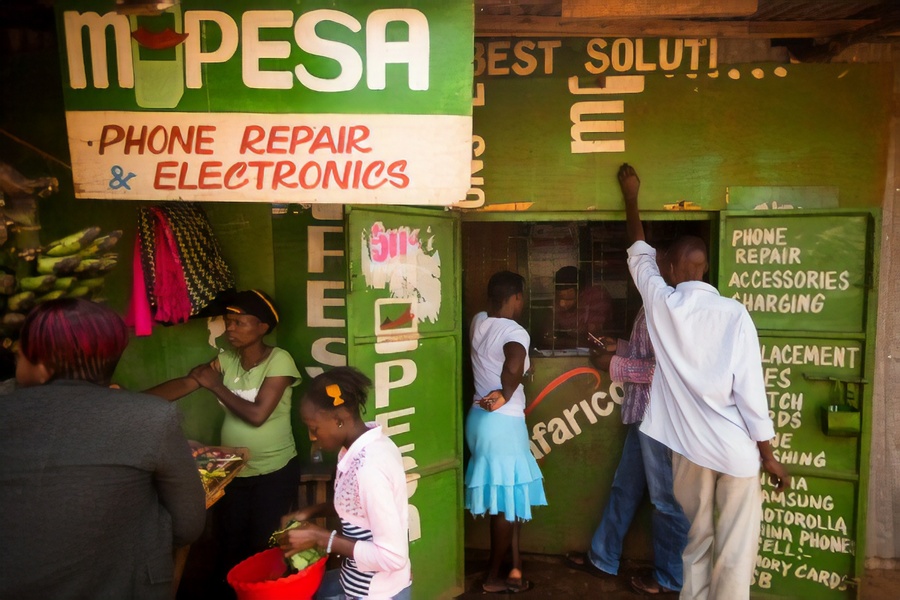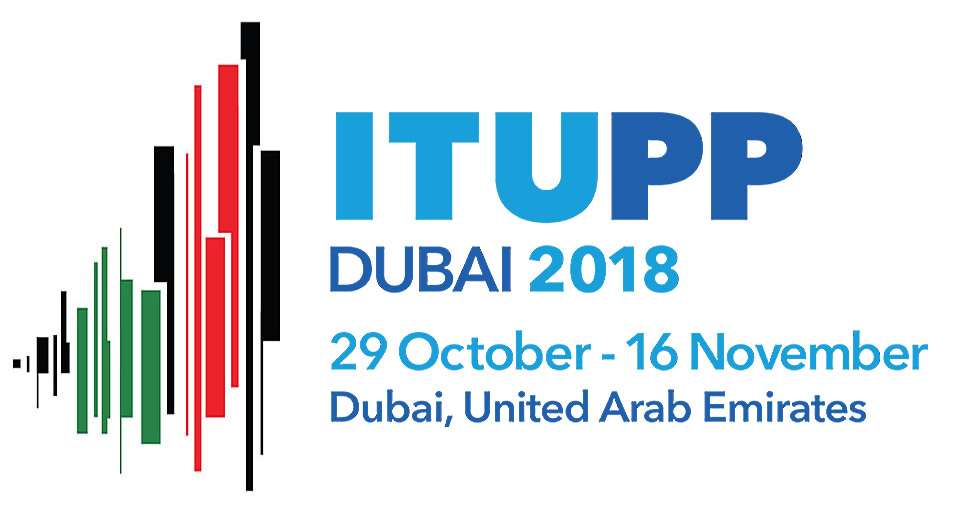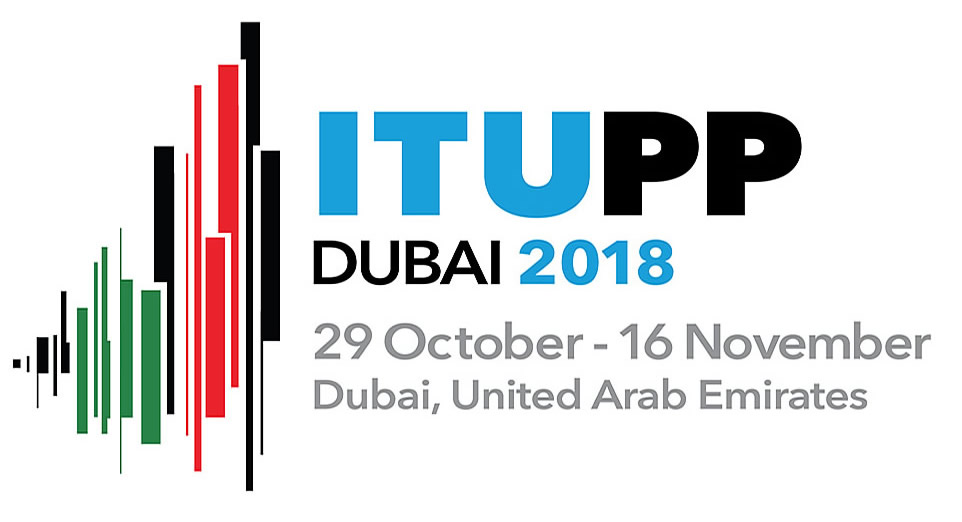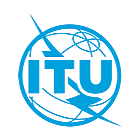This is the version of the backgrounder prepared for the Plenipotentiary 2018 Conference in October/November 2018. For the most recent version of this backgrounder, please see here.
Overview
- 1.7 billion adults worldwide do not have a bank account, but among them, 1.1 billion have a mobile phone.
- Developing countries are capitalizing on the widespread use of mobile phones and information and communication technologies (ICTs) to bring all people within reach of financial services and out of poverty.
- Digital financial services show great potential to give previously ‘unbanked’ people the ability to save, make payments and access credit and insurance—allowing them to manage an irregular income stream, plan for the future, recover from economic shocks and natural disasters and find new ways to earn a living. Digital financial inclusion can help governments ensure that social security payments reach their intended recipients, and help merchants accepting digital payments gain new business intelligence and access lines of credit.
- Efforts towards digital financial inclusion are contributing towards the achievement of United Nations Sustainable Development Goal 1, which is poverty eradication.

Challenges and solutions
Developing countries are capitalizing on the widespread use of mobile phones to bring all people within reach of life-changing financial services and out of poverty. This requires data confidentiality, reliable means to verify people’s identity, security from hackers and fraudsters and solutions to make electronic payments attractive to small merchants and their customers.
Efforts towards digital financial inclusion ensure that financial services are accessible to all, interoperable between different service providers, and consistently available and secure, protecting users´ digital identities and data and giving them the assurance that their money and identities are safe.
Endeavours to alleviate global poverty cannot solely promote access to digital financial services. Users must have adequate financial and digital literacy if the lives of the 2 billion unbanked are to be improved.
ITU’s contribution to increasing access to digital financial services
The ITU Focus Group on Digital Financial Services issued 85 policy recommendations for digital financial services and 28 supporting thematic reports. With more than 60 organizations from more than 30 countries, the Focus Group was the first initiative to bring together all the actors, including ICT regulators and representatives from central banks, working in the interests of financial inclusion.
Led by ITU, the World Bank Group and the Committee on Payments and Market Infrastructures, and with financial support from the Bill & Melinda Gates Foundation, the ‘Financial Inclusion Global Initiative’ (FIGI) is a three-year programme of collective action to advance research in digital finance and accelerate digital financial inclusion in developing countries. FIGI will enable national authorities in developing countries and emerging markets to use ICTs to extend the reach of the financial system, while managing related risks. FIGI is enacting the above-mentioned 85 ITU policy recommendations for digital financial services. FIGI’s operational work stream provides technical assistance to China, Egypt and Mexico to support their efforts to create policy environments capable of stimulating digital financial inclusion. FIGI’s knowledge work stream—led by three Working Groups—advances research in three fields of critical importance to digital financial inclusion:
- Digital payment acceptance by merchants and their customers;
- The relationship between reliable identification systems and financial inclusion; and,
- Security of, and trust in, digital financial services.
Below are just a few examples showing how governments and the private sector are increasing financial digital inclusion:
- Without formal ID, many Indians struggle to open a bank account. India started a biometric identification system called Aadhaar in 2010. Aadhaar is a 12-digit, unique identification number underpinned by biometric authentication which provides a secure, safe and unique proof of identity for India’s citizens, with no criteria for eligibility. This means that a thumbprint or iris scan at the point of service delivery can act as ID, for example when opening a bank account, or as a digital signature for a paperless cash transaction. Aadhaar has since been linked to digital pay¬ment systems as part of a broader push for digital financial inclusion under the auspices of the Digital India programme, with a vision to transform India into a cashless, digitally empow¬ered society and knowledge economy.
- ‘Mobile money’ started with Kenya’s M-Pesa (M for mobile, pesa is Swahili for money) in 2007. A study on M-Pesa showed that wide access to digital financial services in Kenya tripled the proportion of people using formal financial services, from 27 per cent in 2006 to 75 per cent by 2015. These digital financial services also led to increased financial resilience and savings, particularly among households led by women. They were also found to assist women in moving out of agriculture and into business. In Kenya, the expansion of mobile money lifted two per cent of households in the country above the poverty line (USD 1.90 per day).
Relevant links
- ITU Focus Group on Digital Financial Inclusion
- ITU Policy Recommendations on Digital Financial Services
- Financial Inclusion Global Initiative Symposium
- ITU News blog on India’s digital payment service
- ITU News blog on India’s effort to achieve digital financial inclusion for 1 billion people
- ITU News blog on Fintech
- ITU News blog on Financial Inclusion Global Initiative
- ITU News blog on Financial Inclusion Global Initiative in India
- Science Magazine article on M-Pesa



